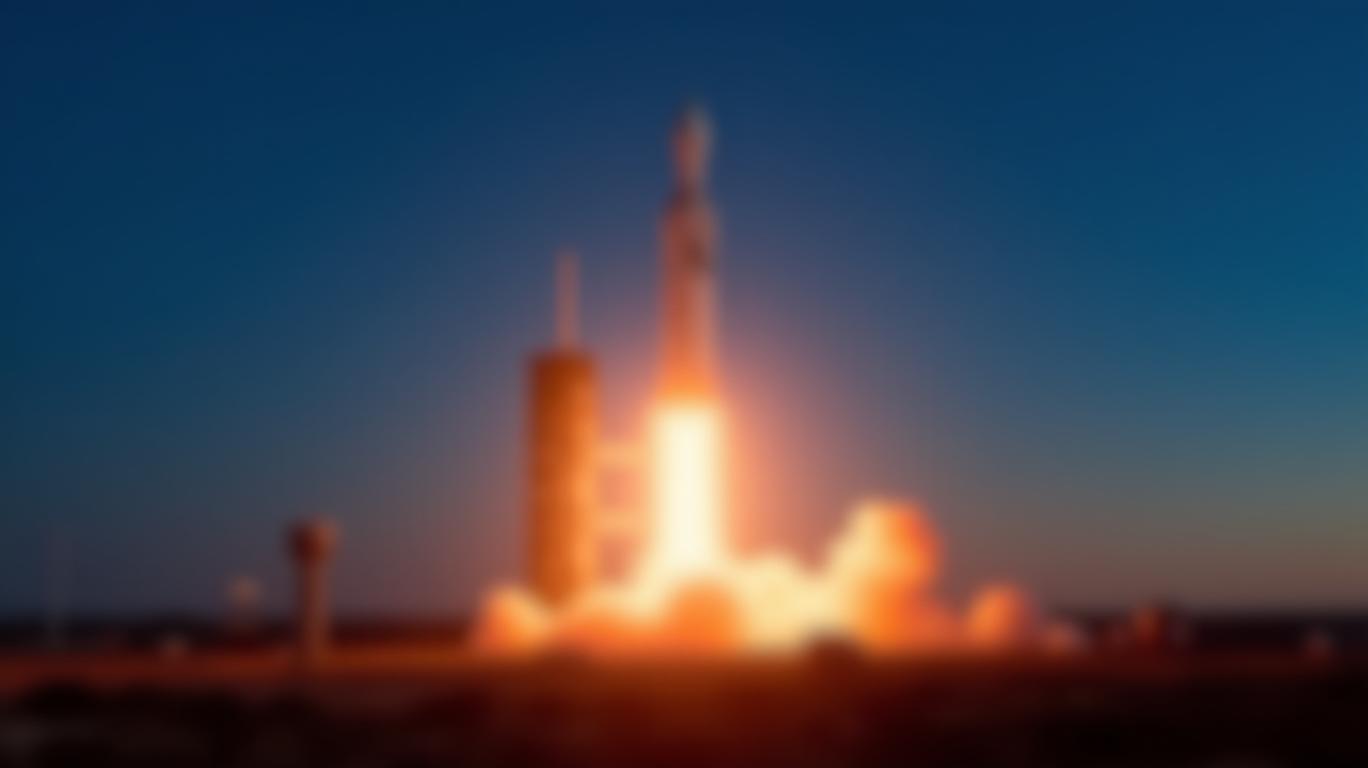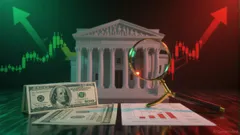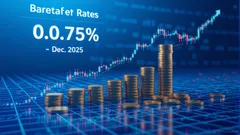AInvest Newsletter
Daily stocks & crypto headlines, free to your inbox
A Falcon 9
blazes through the California sky, its first-stage booster glowing against the twilight. This image captures the moment SpaceX’s Starlink 15-3 mission launched from Vandenberg Space Force Base on May 9, 2025—a delayed but defining event that underscores a pivotal shift in the global space economy.
The mission, which carried 26 Starlink satellites into orbit, marked the first of up to 50 annual Falcon 9 launches now permitted from Vandenberg’s Space Launch Complex 4 East (SLC-4E), a regulatory milestone approved by the Federal Aviation Administration (FAA) in March 2025. This surge in activity, driven by SpaceX’s reusable rocket technology and strategic partnerships, is reshaping investor calculus for space infrastructure, satellite networks, and the companies enabling this new era.
The May 9 launch relied on Falcon 9 booster B1081, which completed its 14th flight—a record for SpaceX’s fleet. This booster had previously supported NASA’s PACE climate satellite, two Transporter rideshares, and even the Crew-7 mission to the International Space Station. Its reuse highlights SpaceX’s mastery of reusable rocketry, which slashes launch costs by over 30% compared to expendable alternatives.
The economics are clear: each reused booster reduces per-launch expenses, enabling SpaceX to undercut competitors like ULA and Blue Origin. This cost advantage has fueled Starlink’s expansion—now numbering over 7,300 satellites—and made the constellation a linchpin for rural broadband access. For investors, the $12 billion Starlink revenue target by 2030 (per SpaceX estimates) signals a growing market for low-latency, global internet services.
The FAA’s decision to raise annual Falcon 9 launches from SLC-4E from 36 to 50 reflects Vandenberg’s transformation into a commercial launch hub. This site now rivals Florida’s Cape Canaveral for frequency, with SpaceX alone accounting for over 90% of its activity.
The regulatory shift has broader implications:
- Local Economic Impact: Vandenberg’s increased traffic supports jobs in California’s Central Coast, from engineers to logistics firms.
- Strategic Partnerships: The base’s proximity to key military installations positions it for classified missions, like those for the Space Development Agency (SDA).
For investors, this means opportunities in space infrastructure stocks like Aerojet Rocketdyne (AJRD), which supplies propulsion systems, or DigitalGlobe (a Maxar Technologies subsidiary), which maps orbital trajectories.
While SpaceX’s momentum is undeniable, challenges loom. The May 9 launch’s delay—scrubbed from May 3 without explanation—highlights operational risks inherent in high-frequency launch schedules. Competitors like OneWeb and Amazon’s Project Kuiper also pose threats, as they vie for market share in the broadband race.
Yet the FAA’s confidence in SpaceX’s safety record—bolstered by 441 total booster landings—suggests regulators will continue greenlighting launches. For now, the trend favors companies that align with SpaceX’s ecosystem, such as satellite manufacturers (e.g., Ball Aerospace) or ground station operators (e.g., Viasat).
The Vandenberg launch surge is more than a technical achievement—it’s a catalyst for a $1.1 trillion space economy by 2040. Investors should focus on three pillars:
1. Reusable Tech: Back firms like SpaceX (indirectly via Tesla’s Musk ties) or Aerojet Rocketdyne, whose engines power Falcon 9s.
2. Satellite Networks: Track Starlink’s subscriber growth and regulatory approvals in markets like India and Europe.
3. Infrastructure Plays: Look to real estate trusts owning launch facilities or logistics companies supporting payload transport.
As SpaceX’s rockets dominate the skies over Vandenberg, the question isn’t if the space economy will grow, but who will capture its value. For now, the answer lies in the booster’s reusable glow.
Tracking the pulse of global finance, one headline at a time.

Dec.19 2025

Dec.19 2025

Dec.19 2025

Dec.18 2025

Dec.18 2025
Daily stocks & crypto headlines, free to your inbox
Comments
No comments yet